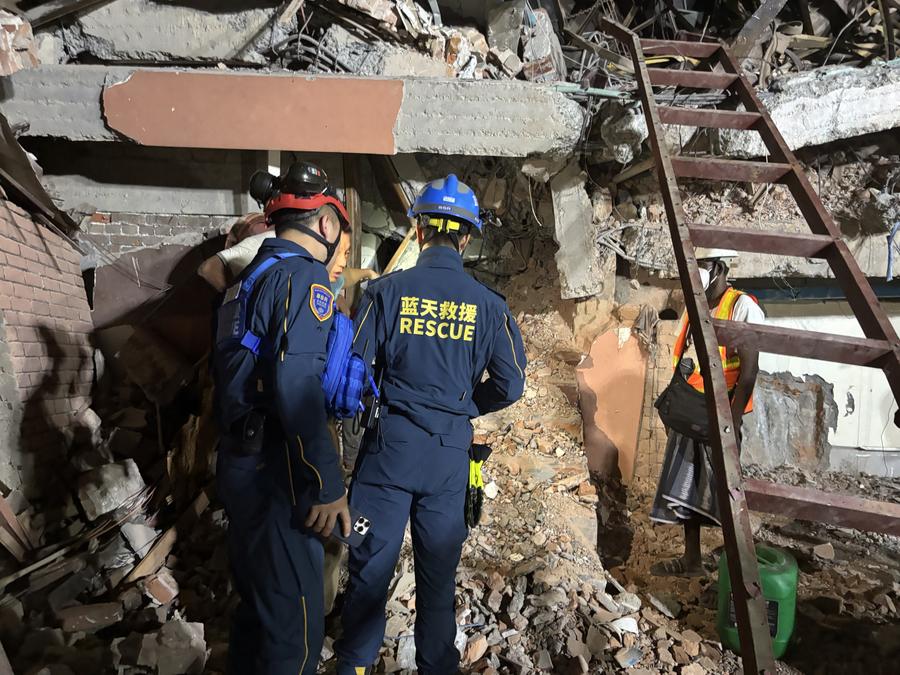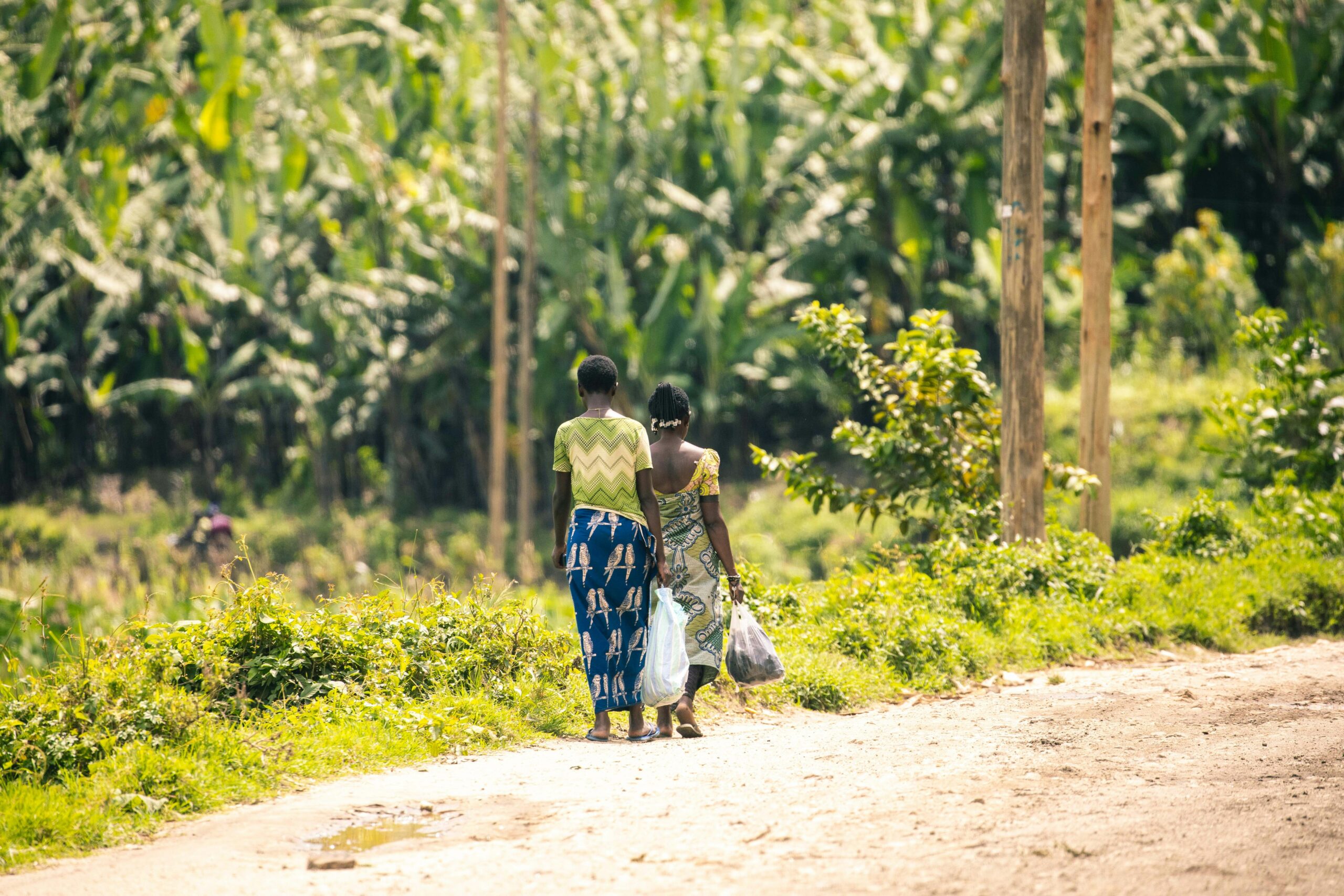What we’re watching: Weekly disaster update, March 31

We know all too well that disaster can strike anytime, anywhere in the world. Some disasters make headlines; others do not. Here at the Center for Disaster Philanthropy (CDP), we monitor the status of disasters worldwide and compile a list of the ones we’re tracking weekly, along with relevant disaster-related media coverage.
Here’s what we’re watching for the week of March 31, 2025.
New or Emerging Disasters
Earthquake – Myanmar & Thailand: On March 28, a shallow, 7.7-magnitude earthquake struck Myanmar, causing extensive damage throughout the region and collapsing an apartment building in Bangkok, Thailand, where 18 people were killed.
In Myanmar, the death toll as of March 31 was 2,056, but many parts of the country are still cut off, and numbers are expected to continue to grow. Search and rescue/recovery, damage assessment and delivery of aid are hampered by the ongoing civil war. In an unusual act, the military junta governing much of the country requested international aid. However, aid groups say they are limited in terms of response.
A 7.0 quake hit Tonga on March 31 but caused no damage.
Ice Storm – Canada and U.S.: A massive ice storm coated the Great Lakes, southern Canada and New England with freezing rain on March 29-30.
Nearly 400,000 customers in Southern Ontario were without power on March 31, and the cities of Orillia and Peterborough declared states of emergency. At the height of the freezing rain, more than 850,000 customers lost power in the province of Ontario. The storm knocked down hundreds of trees and hydroelectric poles, which couldn’t cope with the weight of the ice.
The winter ice storm also affected New England, Quebec and the Great Lakes region on both sides of the border. Michigan had 311,000 customers without power on March 31, while Wisconsin had 52,000. At least six people were killed.
Rain/Flooding – South Texas and Reynosa, Mexico: Unprecedented and record-breaking rain from March 26 to March 28 led to extensive flooding, hundreds of water rescues and four deaths in the Rio Grande Valley along the Texas-Mexico border. The equivalent of six months of rain fell in many places but was even higher in others. Harlingen, Texas, for example, received 21 of its average 24-inch annual rainfall. Seven to 12 inches fell Thursday night near Reynosa, Mexico, killing one person and leading to 700 water rescues.
Storm Systems – Central U.S.: Both of the storm systems mentioned above moved across the South, and a new, slow-moving system is expected to bring historic flooding to a 1,000-mile swath of the U.S. between Wednesday, April 2 and Saturday, April 5. As much as four months of water may fall in some areas, and tornado-warned thunderstorms have already occurred. The South will also experience a heat dome, with temperatures 10-20F above normal. These systems led to flooding in Baton Rouge, Louisiana, on March 29 and tornadoes on March 31.
Previous or Ongoing Disasters
Wildfires – North Carolina/South Carolina: Large wildfires continue to burn, including the Table Rock Fire, which jumped the border and is simultaneously burning in North and South Carolina after destroying more than 13,500 acres across the two states with just 30% containment.
While high humidity helped contain fires on March 29-30, overall, lack of humidity is causing even green plants to dry, which creates an environment ripe for wildfires. Downed trees and debris from Hurricane Helene have dried out and created significant fuel for wildfires.
Other large fires include the Rattlesnake Branch Fire near Waynesville, North Carolina, the Alarka Five Fire and the Black Cove Fire.
Wildfires – South Korea: South Korea’s wildfires appear to be all extinguished as of March 31, but not before burning 119,000 acres and destroying homes and sacred buildings, including a 1,300-year-old Buddhist Temple. The Korea Forest Service said, “More than 3,100 people were evacuated to 114 shelters due to the fires, and five areas – Uiseong, Andong, Cheongsong, Yeongyang, and Yeongdeok – have been declared special disaster zones.”
The longest-lasting fire was extinguished 213 hours after it was started when a family cleaning up an ancestor’s grave in North Gyeongsang Province burned a branch, sparking the fire. Hundreds of structures were destroyed.
According to Prime Minister Han Duck-soo, the fires were the worst the country has ever seen. Like with the Los Angeles wildfires in January, the deaths highlight the challenges marginalized groups face during disasters. At least 30 people have died, most of them older adults who could not evacuate in time. Three firefighters over 60, a 68-year-old wildfire monitor and a 73-year-old firefighting pilot were all killed by the fires. More than 73% of wildfire monitors (who receive less than $50 USD per day) in South Korea are over the age of 60. Most younger people have left the rural communities to move to Seoul.
Complex Humanitarian Emergencies – Myanmar
When a country experiences political conflict, climate shocks, famine, economic challenges or other conditions, it may suffer a complex humanitarian emergency (CHE). CDP maintains complete profiles on several CHEs. Every week, we highlight these and other CHEs hoping to build awareness and philanthropic response.
In October 2023, ethnic armed groups launched an offensive against the government military junta in Myanmar, the strongest challenge to the military’s power since the 2021 coup. Since then, the country has dissolved into near anarchy. Nearly 74,000 people have died since the conflict started, making it the third deadliest conflict in the world. At least 20 million people needed humanitarian aid before the March 2025 earthquake. In January, the World Food Program (WFP) announced that in 2025, 15 million people will face hunger in Myanmar, up from 13.3 million last year.
Key facts on hunger in Myanmar:
- One in four children in Myanmar suffers from stunting due to lack of nutrition.
- About 7% of children suffer from wasting.
- The most food-insecure people live in high-conflict areas.
- Food prices have increased by 30% in just the last year and continue to rise every month, with many families going hungry because they cannot afford staples like rice, beans and oil.
- Food prices in conflict areas like Kayah and Rakhine have risen by 50% to 200%, respectively.
- There are 3.5 million people displaced by conflict in Myanmar, and most of them are cut off from access to food resources, relying on humanitarian assistance.
The World Food Program urgently requested $155 million through June 2025 to sustain aid to vulnerable communities in Myanmar. The recent earthquake will exacerbate the hunger crisis.
Upcoming webinar
Complex humanitarian emergencies in 2025: The Democratic Republic of the Congo

What We’re Reading
- Sweet – And simple, and effective – Charity – Worth (Editor’s note: DAFGiving360 is a CDP client)
- Disaster preparedness is a smart Investment: How funders and community organizations can make their dollars work harder – Giving Compass (Editor’s note: This post is about a CDP webinar)
- Musk targeted FEMA. Storm-battered communities are paying a price – The New York Times
- For these 3 Southwest Louisiana households, storm recovery struggles continue – Louisiana Illuminator
A moment of hope… The world’s smallest otter has resurfaced in Nepal after almost two hundred years without being seen. The Asian small-clawed otter was last seen in 1839, so it has been assumed to be extinct. In November 2024, forestry officials found an injured juvenile otter and nurtured it for a week, later realizing it was an Asian small-clawed otter. The young age indicates that there may be adults in the area, or other young otters.
